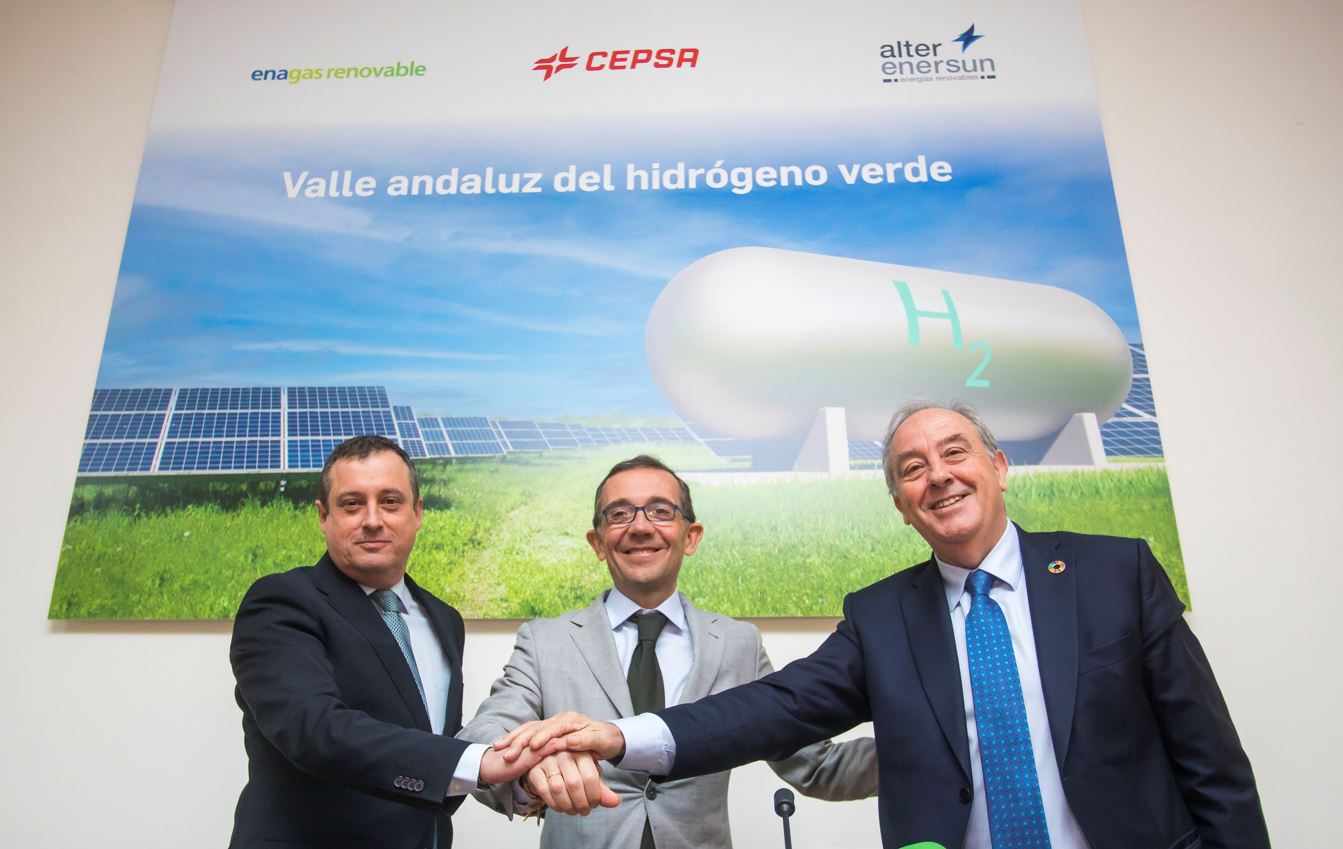Spain – As part of the Andalusian Green Hydrogen Valley, Cepsa, Enagás Renovable, and Alter Enersun have decided to work together on the construction of a green hydrogen plant in Huelva that will be connected to a solar power plant.
The new green hydrogen plant, whose electrolysis capacity will be 200 MW, will be able to satisfy Cepsa’s industrial needs as well as manufacture advanced biofuels when it goes into service in 2026. The photovoltaic plant will also have a 200 MW capacity.
The photovoltaic project will be developed by Alter Enersun on property owned by the Port Authority of Huelva in the nation’s capital, while Cepsa and Enagás Renovable will be in charge of constructing and commissioning the hydrogen plant at the Cepsa Energy Park facilities in Palos de la Frontera.
When renewable energy is produced around where it will be used, projects are significantly optimized and firm synergies are exploited more effectively.
Biomethane agreement
Additionally, Cepsa and Enagás Renovable have signed a linked agreement for the creation and acquisition of biomethane. Biomethane will replace natural gas in a number of industrial processes, reducing the quantity of CO2 released.
Biomethane, a renewable gas with characteristics similar to those of natural gas, is created through a biogas upgrading process. The latter is produced by the anaerobic digestion of organic waste, a natural process that hastens the production of this methane-rich, environmentally favorable gas. The ability of bacteria to exist without oxygen makes this conceivable.
A number of the Sustainable Development Goals (SDGs) of the 2030 Agenda are supported by the partnership between Cepsa, Enagás Renovable, and Alter Enersun, including SDGs 7 (Affordable and Clean Energy), 8 (Decent Work and Economic Growth), 12 (Responsible Consumption and Production), and 13 (Responsible Consumption and Production) (Climate action).





